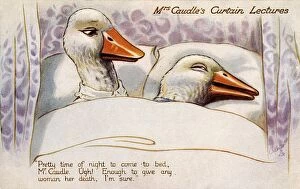Caustic Collection
"Exploring the Intricate World of Caustic: From Molecular Orbitals to Swimming Pool Refractions" Caustic, a term often associated with its scientific connotations
All Professionally Made to Order for Quick Shipping
"Exploring the Intricate World of Caustic: From Molecular Orbitals to Swimming Pool Refractions" Caustic, a term often associated with its scientific connotations, encompasses a fascinating array of phenomena that captivate our senses. One such captivating aspect is found in molecular orbitals, where electrons dance around atomic nuclei, creating intricate patterns and energy levels. But caustic's allure doesn't stop there; it extends even to everyday settings like swimming pools. As sunlight penetrates the water's surface, mesmerizing caustic refractions form beneath the shimmering waves. These ethereal patterns enthrall swimmers and photographers alike, as captured by EyeUbiquitous_20096828. Delving into history reveals that caustics have intrigued minds for centuries. In 1797 England, John Skelton depicted this phenomenon through a woodcut known as ROD (Refraction of Divergent Rays). This artwork showcases how light bends and converges at specific points, creating striking visual effects. Nature itself embraces caustics' enchantment; an awe-inspiring image captures a blue whale gliding gracefully underwater while caustics playfully dance on the ocean's surface above. It serves as a reminder of nature's ability to create breathtaking spectacles that leave us in awe. Literature also finds inspiration in these radiant marvels. Mrs Caudle's Curtain Lectures depict Mr Caudle arriving late to bed after being mesmerized by the beauty of caustics—a testament to their captivating power over human imagination throughout history. Beyond aesthetics lies science—lensing techniques utilize caustics and chromatic aberration (C016 / 6365) to study celestial objects' properties with unparalleled precision. These methods enable scientists to unravel mysteries hidden within distant galaxies and cosmic events occurring billions of light-years away. Caustic refractions are not limited solely to liquid environments; they also manifest in solid materials.











